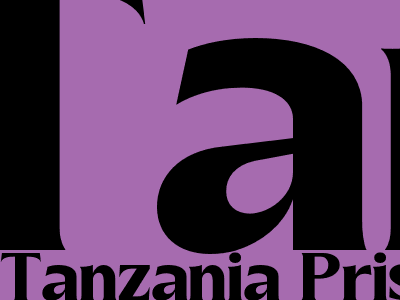Tanzania Prisons: A Deeper Look into Their History, Operations, and Current Challenges
Historical Overview:
The Tanzanian Prison System has a rich history, dating back to the colonial era. The first prisons were established in the late 19th century, primarily serving as detention centers for political prisoners. After independence in 1961, the prison system underwent significant reforms, with a focus on rehabilitation and reintegration programs for inmates.
However, overcrowding, poor living conditions, and limited access to healthcare have plagued Tanzanian prisons for decades. In recent years, the government has made efforts to address these challenges through prison expansion and reforms aimed at improving inmate welfare.
Prison Operations:
Inmate Care and Rehabilitation:
The Tanzanian Prison Service is responsible for the custody, care, and rehabilitation of inmates. Prisons in Tanzania provide basic necessities such as food, shelter, and healthcare. Inmate rehabilitation programs include vocational training, literacy classes, and counseling.
However, limited resources and staff shortages often hinder effective rehabilitation efforts. Overcrowding and lack of proper sanitation can also pose significant challenges to inmate well-being.
Security and Discipline:
Maintaining security and discipline within prisons is crucial for the safety of both inmates and staff. Tanzanian prisons employ a range of measures, including surveillance systems, armed guards, and strict disciplinary procedures to prevent escapes and maintain order.
Despite these efforts, incidents of violence and unrest can still occur, particularly in overcrowded and understaffed prisons. The use of excessive force by prison guards has also raised concerns about human rights violations.
Current Challenges and Reforms:
Addressing Overcrowding:
Overcrowding remains a major challenge in Tanzanian prisons. In recent years, the government has expanded existing prisons and constructed new ones to increase capacity. However, the rate of incarceration continues to rise, outpacing the pace of prison construction.
Improving Inmate Welfare:
Providing adequate healthcare, nutrition, and sanitation for inmates is essential for their well-being. Tanzanian prisons often face shortages of medical supplies, food, and clean water. These conditions can exacerbate existing health issues and lead to disease outbreaks.
Rehabilitation and Reintegration:
Effective rehabilitation programs are crucial for reducing recidivism and successful reintegration of inmates into society. However, resource constraints and limited access to post-release support services hinder the effectiveness of these programs in Tanzania.
Strengthening Prison Administration:
Improving prison administration and management is essential for addressing the challenges faced by Tanzanian prisons. This includes enhancing staff training, implementing transparent disciplinary procedures, and promoting accountability for human rights violations.
Conclusion:
The Tanzanian Prison System is a complex and evolving institution. While the government has made efforts to address overcrowding, improve inmate welfare, and implement rehabilitation programs, significant challenges remain.
Addressing these challenges requires a multi-faceted approach involving prison expansion, enhanced resource allocation, improved inmate care, effective rehabilitation programs, and strengthened prison administration. By prioritizing human rights and investing in evidence-based reforms, Tanzania can work towards a more just and effective prison system.

Comments